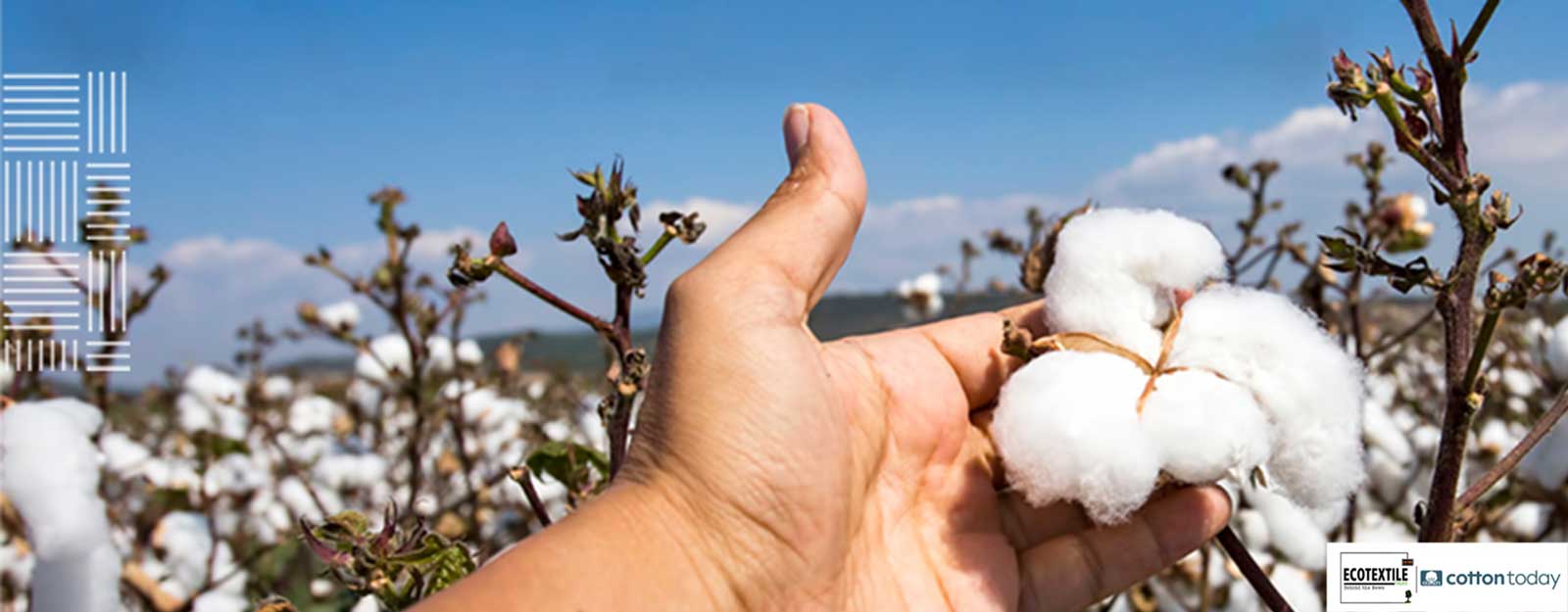Cotton is often misperceived as a plant requiring lots of water to grow; however, global cotton production accounts for about 3 percent of agricultural water.
Cotton’s plant species is xerophyte, meaning it can grow in dry climates and can conserve water for its growth cycles due to the deep root structures. At mid-season, cotton water demands are the highest – about 0.28 inch per day. Once the boll starts to open, cotton’s need for water decreases. The majority of U.S. cotton (about 65 percent) is currently produced under non-irrigated conditions.
It’s important to account for all three water sources (green, blue and grey) to calculate an accurate water footprint of a crop or product. Looking at how a crop consumes water, its rate of evapotranspiration (evaporation from the ground surface plus transpiration from plants), and whether runoff (if appropriate) impacts nearby water sources throughout the production process are all factors to consider when looking at the water footprint of a crop, fiber or product. The green water contributes to cotton’s sustainability when you think of the lifecycle from growth to end of use.
This measurement is also valuable in the textile industry from a manmade fiber, like rayon (made from wood pulp) and polyester (made from crude oil), perspective. Rayon production requires a large quantity of chemicals and water to produce and will have a grey, green and blue water footprint, as well. Polyester does not have a green or blue water footprint. However, polyester fiber production has a large grey water footprint since the process requires water treatment before it is discharged into nearby water sources
Here’s how the fibers compare when you account for all three water sources, according to the Water Footprint Network.
| Water Footprint by Fiber | cubic meters of water per metric ton of fiber |
| Polyester | 71,000 |
| Rayon (viscose) | 30,000 |
| Cotton | 1,500 to 65,000 |
Water Footprint Network (2017). Water footprint assessment of polyester and viscose.
Consistency in measurements and setting global standards for Life Cycle Assessments are essential as brands and retailers look for solutions to reach their sustainability goals.




